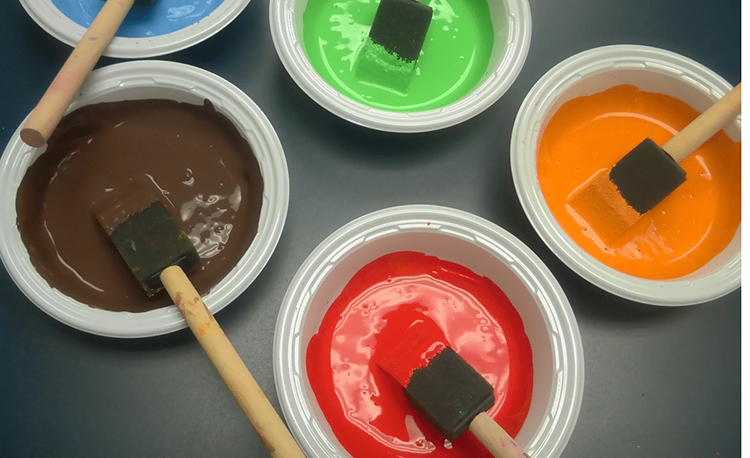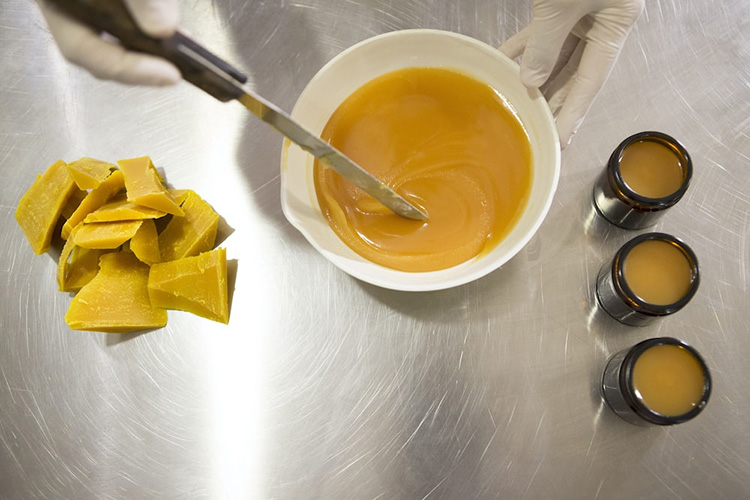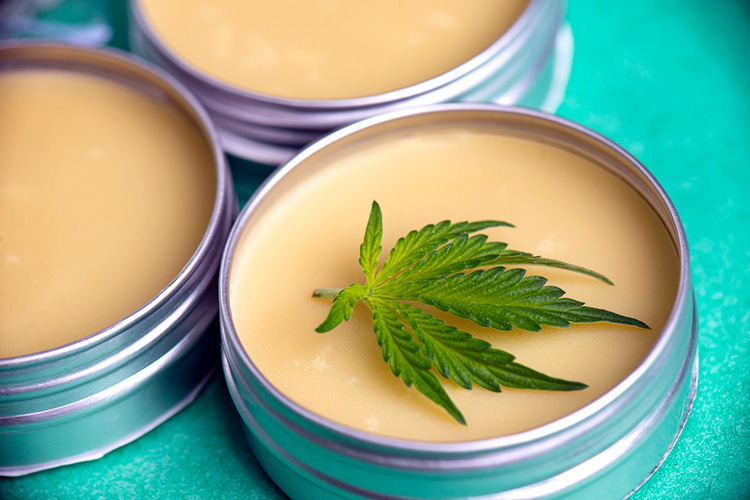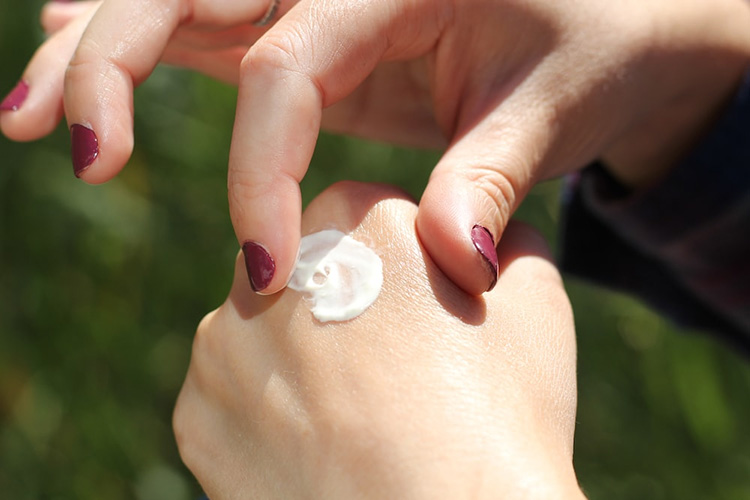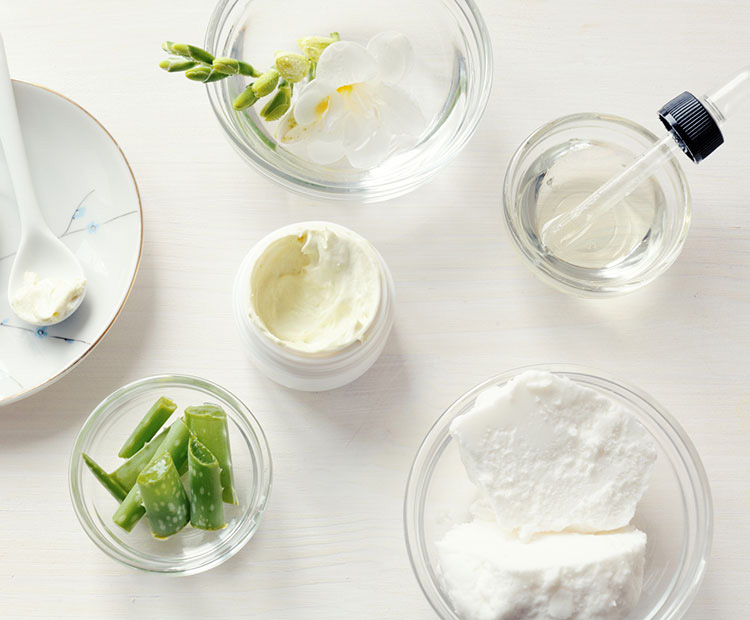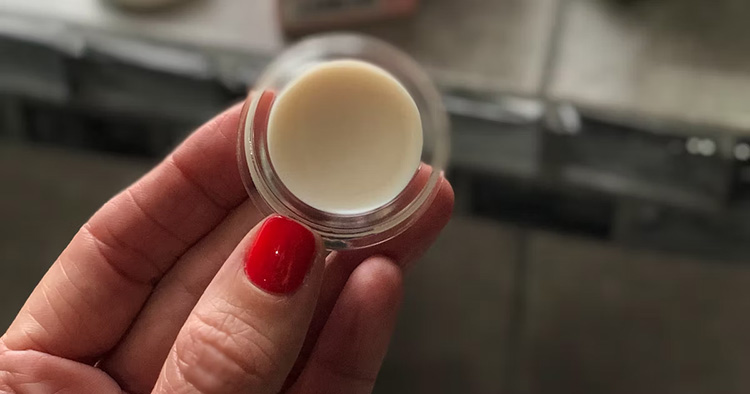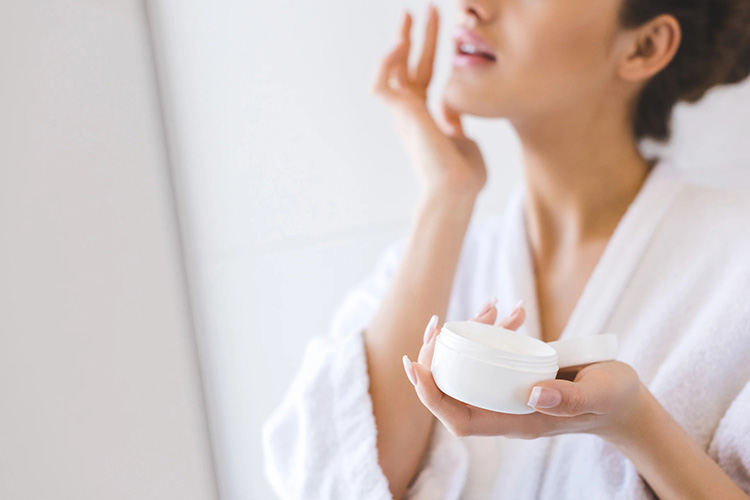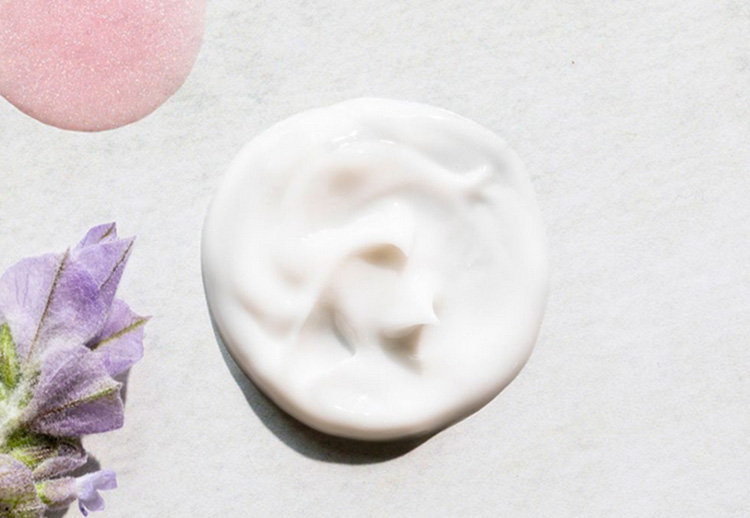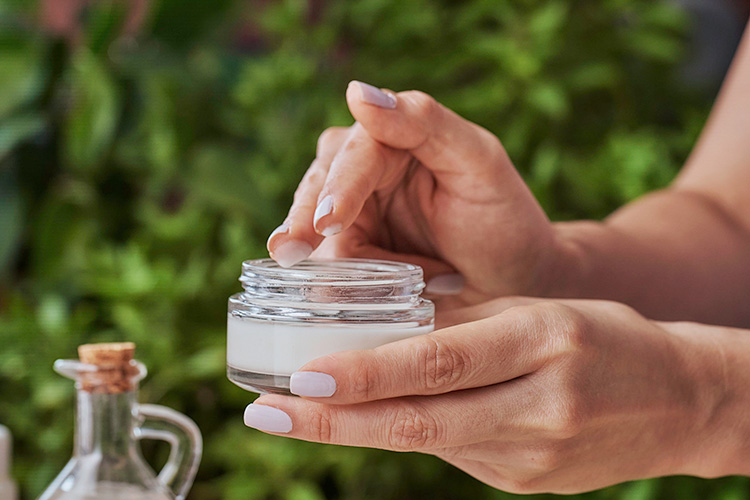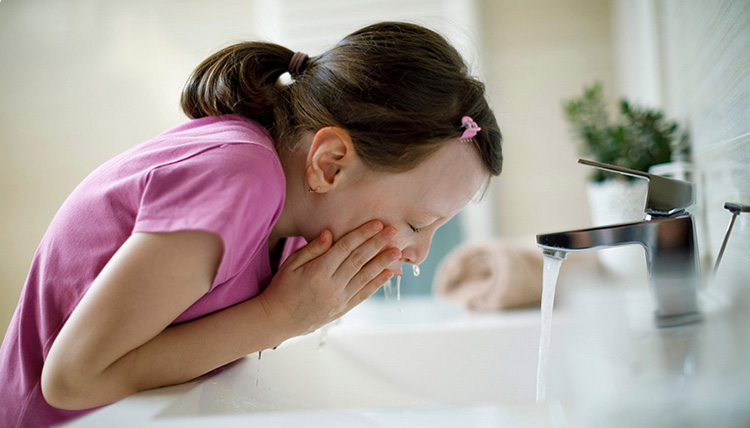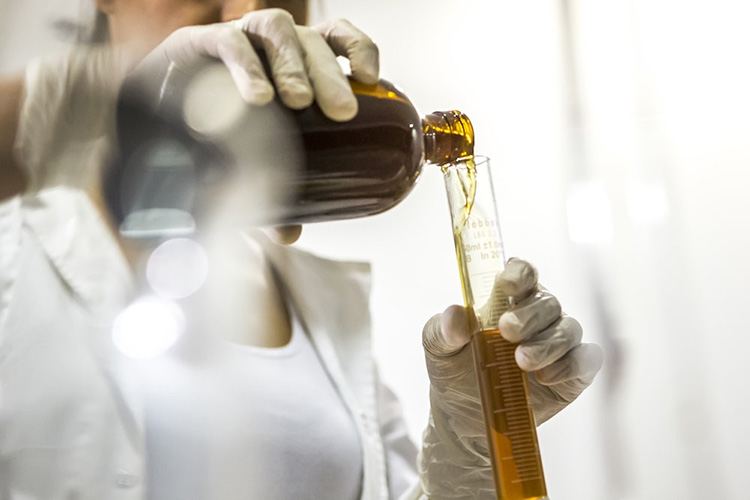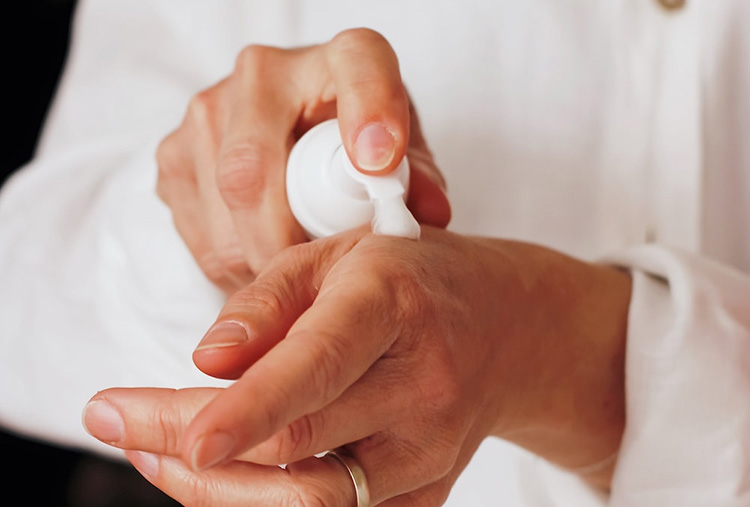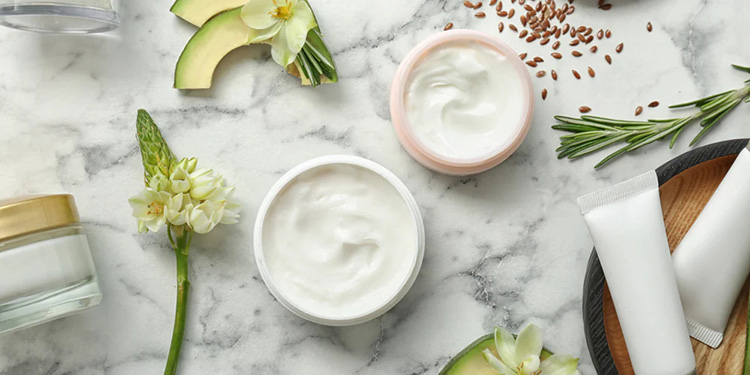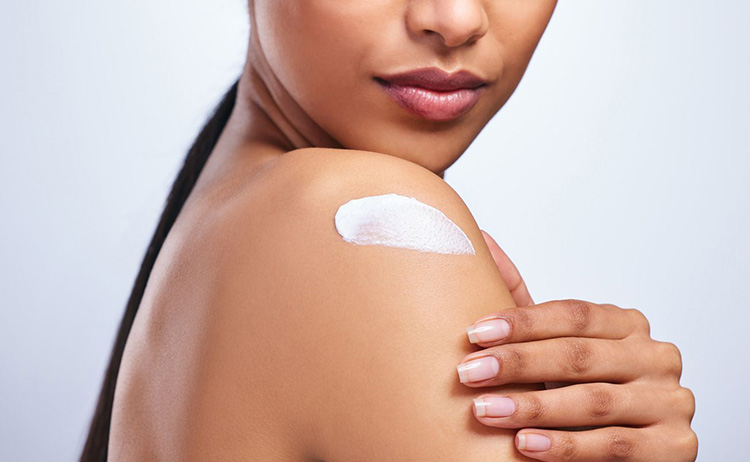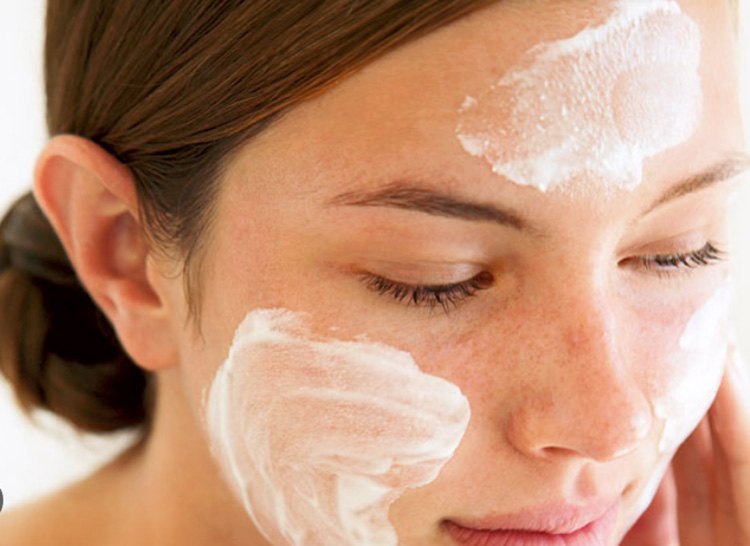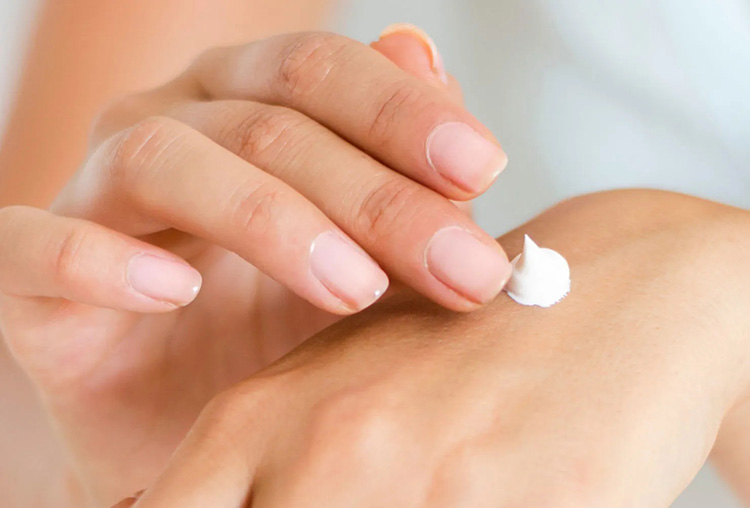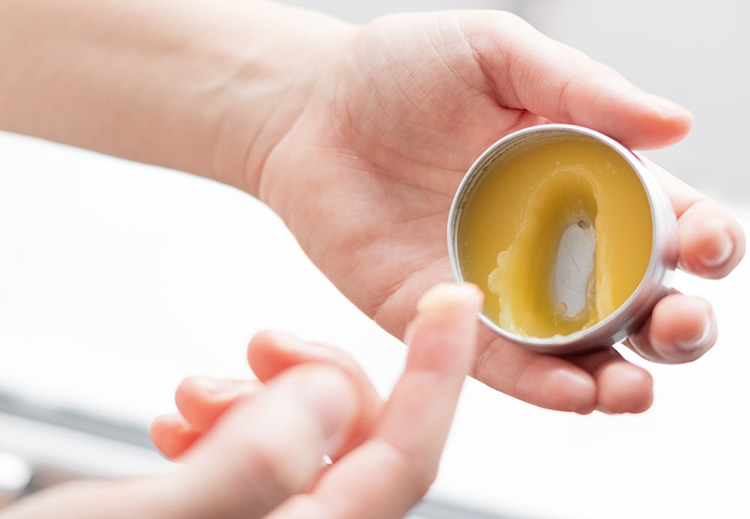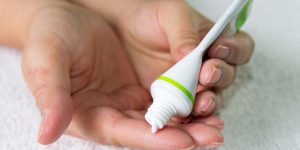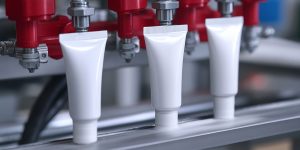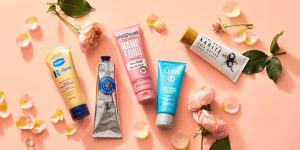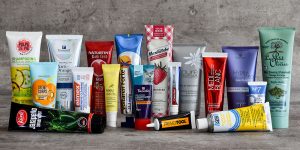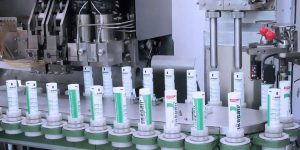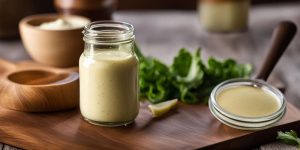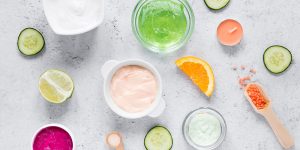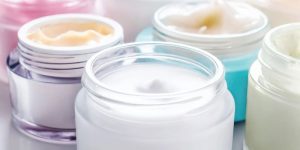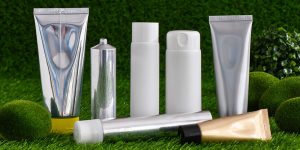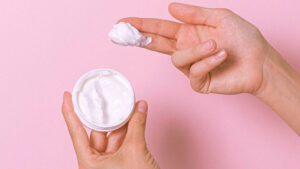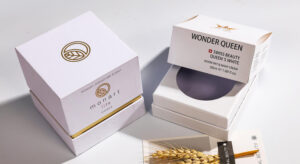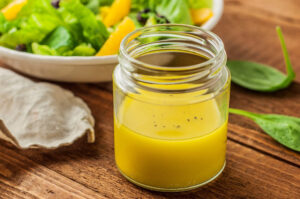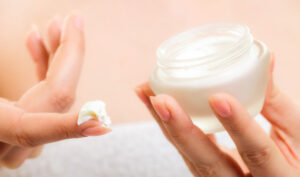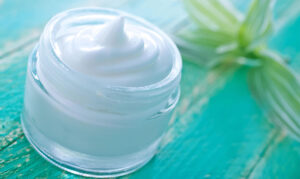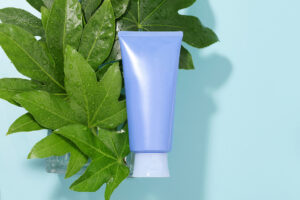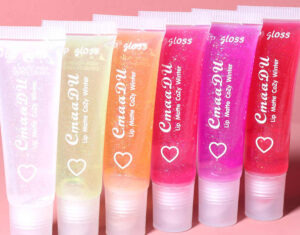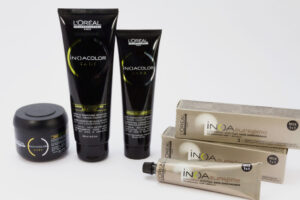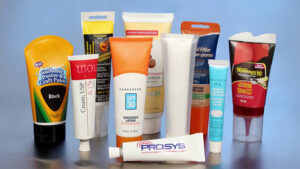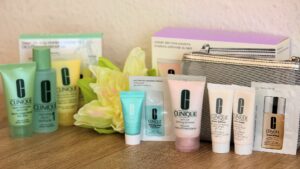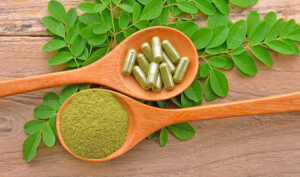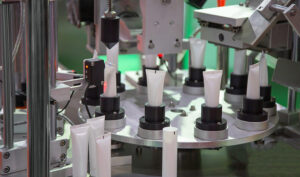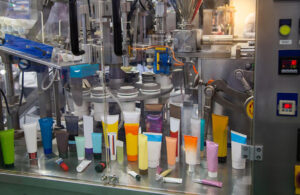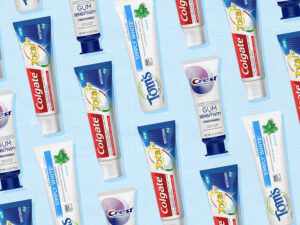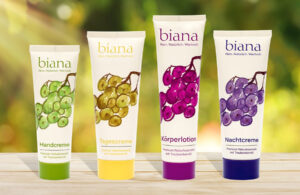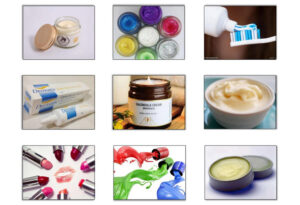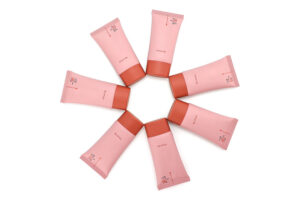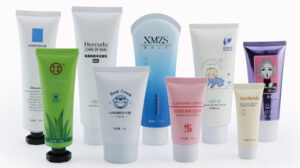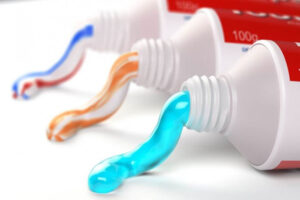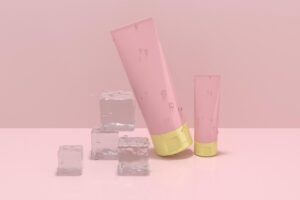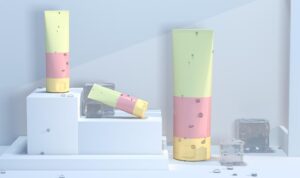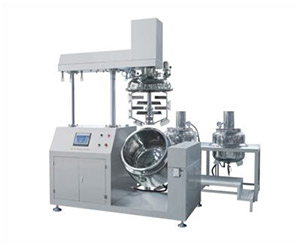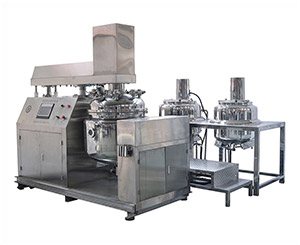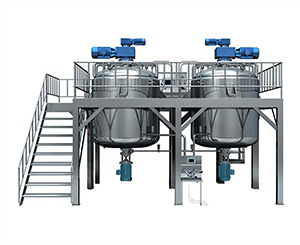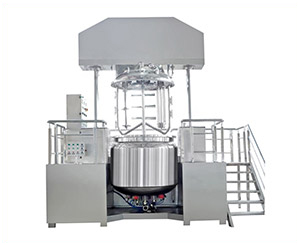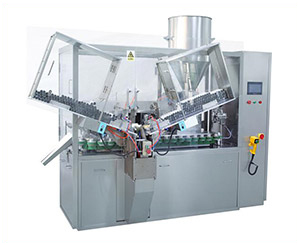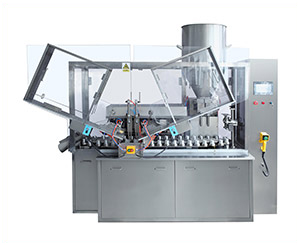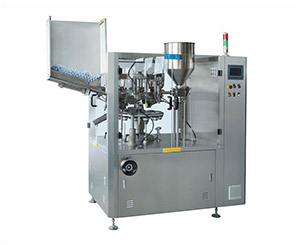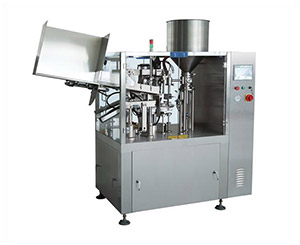What Is The Difference Between Ointment And Cream?
Have you used ointment and cream? for cosmetic and medical purposes? Do you know there are numerous differences between them?
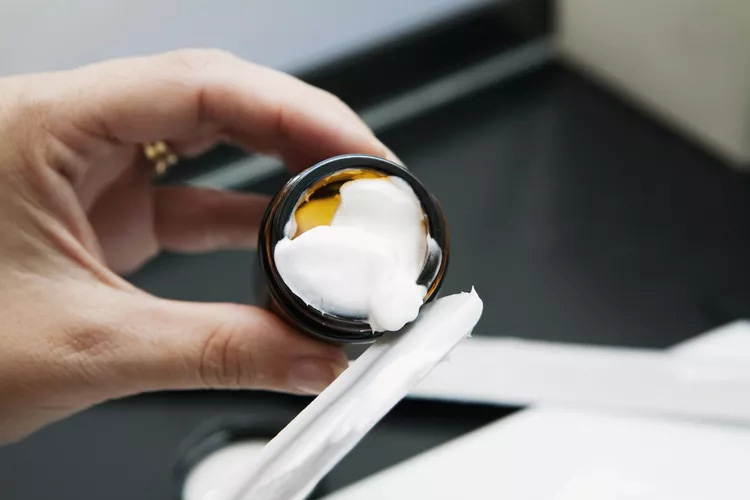
Ointment and cream are terms that are often interchangeably used. But these two are not alike. These semisolids are mostly used for skin treatment and care. However, these two products have quite different purposes due to their different composition.
Here is the information blog “What is the Difference Between Ointment and cream” that will inform you all about ointment and cream when they should be used.
1.What Is Meant By Ointment And Cream?
The ointment is an oleaginous semi-solid gel usually medicated and applied for treating and healing skin. The word ointment is a derivative of the Latin word “ungere” which means to rub with oil. So, it is also known as unguent or salve. Ointments are mostly used as emollients.
- Some examples of ointments are:
- Tropical antibodies- Neosporin, Bacitracin
- Emollients- Aquaphor
- Acne- Isotretinoin
The cream is a soft semisolid paste used for tropical treatment and skin care. It is the mixture of water and oil used for delivering medications directly to the target site. Creams are traditional emulsions mostly used as moisturizers and night creams. Some examples of medicated creams are:
- Antiseptic- cetrimide cream
- Sunscreen- zinc oxide cream
- For treating eczema- Clobetasol propionate
- Cold creams
- Antifungal- econazole nitrate cream
- For pain- Ibuprofen
2.What Is The Difference Between Ointment And Cream Ingredients?
Ointments are oily mixtures that have water or volatile compounds about 20% or less and 80% of hydrocarbons. A major proportion of ointments is made up of oily compounds.
The dispersion medium of ointments is known as base. There are various kinds of bases depending on the nature of the ointment application. Some ointment bases are:
- Mineral oil
- Hard paraffin
- Wool fat
- Macrogols or Polyethylene glycol
Creams are the oil in water or water in oil emulsion containing 50% water and approximately 15-50% hydrocarbons. Some constituent ingredients of different cream types are:
- Purified Water
- Emulsifier (Beeswax, car)
- Fats as thickening agent (lauric acid, oleic acid)
- Oils (liquid petroleum, liquid paraffin)
- Glyceride oil (almond oil, coconut oil,)
- Long chain alcohols
- Thickening agents
- Preservative and coloring agents
3.What Is the Difference Between Ointment and Cream Appearance?
Ointments are thick and heavy with an oily texture. These are translucent but can have yellow, green, white, or black color. They have a shiny appearance when rub on the target site. Ointments can be odorless or might have a petroleum-like smell.
Creams are lighter in weight and have a smooth, fluffy, and silky texture. These generally have white or off-white colors but can be of varying colors such as yellow or light pink. Creams are invisible when applied to the target site.
4.What Is the Difference Between Ointment and Cream Type Of Formulations?
Ointment and cream are greatly dissimilar when it comes to the nature of the formulation. ointments are oil-based formulations since their major proportion is attributed to the oil. But creams are water-based formulations since these have more amount of water than oils.
Ointments are emulsions where drug or active ingredients are mixed in oily solvents.
5.What Is the Difference Between Ointment and Cream Viscosity?
In terms of viscosity, ointments and creams are completely different. Ointments are more viscous than creams. Ointments have thicker consistency while creams have thinner viscosity and are flowier. Furthermore, creams are non-greasy or mildly greasy while ointments are highly greasy and sticky than creams.
The viscosity of ointment and cream is largely depended upon their fat or oil content. Ointments are more viscous than their counterparts owing to their more hydrophobic components. Whereas, creams, due to their watery nature and lower fat content, creams are runnier.
6.What Is the Difference Between Ointment and Cream Absorption?
When dermal or tropical absorption of ointment and cream is compared, creams certainly come as the winner. Out of all tropical medicated products, ointments are largely based on oils. Hence, they stay on the skin longer and do not get absorbed immediately. This characteristic makes ointments the best candidate for dry weather protection.
Owing to their thinner and flowy viscosity, creams are absorbed in skin or mucus tissues after a few moments. Moreover, their ability to completely vanish in the target area makes them cosmetically appealing to numerous consumers.
7.What Is the Difference Between Ointment and Cream Duration Of Action?
The onset of action as well as the duration of action of ointment and cream is influenced by their absorption. As creams actives pass through skin layers or other tissues much faster than their ointment counterparts, creams have a fast and rapid onset of action. Creams provide healing and soothing effect much more speedily than ointments.
The duration of action of ointments is better than creams. Because ointments have a major ratio of oils, consequently, ointments take longer to absorb or evaporate from the target area and have a longer duration of action. Due to this feature ointment does not need multiple applications for treatment.
8.What Is the Difference Between Ointment and Cream Order Of Application?
If your treatment regime consisting topical administration of both ointment and cream and you are quite confused about which should be applied first. The answer to this question is based on the rules of physical and chemical sciences.
To provide relief or enhance the beauty of the skin, the formulations which will be applied last should be able to go through the first layer of the formulation. Hence, any tropical medication with alcohol or water-based components comes first.
Creams have higher water or alcohol-based content therefore they should be applied first and then the ointments. Moreover, creams have lighter textures therefore ointment can easily pass through the former to give its required effect.
But if the order of ointment and cream is reversed and ointments are rubbed before creams due to their thicker consistency ointments will not allow the movement of cream actives as a result therapeutic or beauty regime will not properly work.
9.What Is the Difference Between Ointment and Cream Removal?
Removing ointment and cream largely depends upon the ratio of oils in formulation. Ointments require soaps for washing since they do not wash off easily when only water is used. This is because ointments are greasier and oilier than creams.
Creams are easier to wash using water because they have a smaller number of oils and are non-sticky. Besides this, the cream does not stain cloths but ointments due to their sticky nature certainly leave oily marks on clothing.
10.Is Ointment Better Than Cream Therapeutically?
Ointments have emollience uses. These form a barrier film when applied to the skin thus lowering the rate of water evaporation from the skin. They are good lubricating agents.
They are mostly used as tropical, antifungal, antiseptic, and antipruritic agents. Medicated skin antibiotics are usually formulated as ointments.
Very common skin problems like eczema or dermatitis are presented with dry, scratchy, tender, cracked, or irritated skin. Allergens, dry weather, and humidity contribute to this disorder. Nevertheless, ointments are preferred therapeutically for alleviating the symptoms of eczema. Since these have the highest fat amount they are good for sealing the moisture of the skin. Moreover, they offer a calming effect for sensitive eczemic skin. Ointments such as hydrocortisone, petroleum jelly Vaseline, and mineral oils are the first choice for an eczema cure.
Creams are applied to the skin and intertriginous areas such as the nose, rectum, vagina, groin, gluteal cleft, axilla, etc. These are mostly used for pharmaceutical and cosmetic purposes. They are used as moisturizers, for skin protection, and for treating cuts, bruises, or burns.
Sometimes, these are used as local anesthesia, antibiotics, and anti-inflammatory agents.
However, creams are usually used for weeping eczema, characterized by fluid oozing blister, These are less greasy and do not cause stickiness over wounds which could be the case if these blisters are treated with ointments.
11.Which One Is Better? Ointment Or Cream??
Ointments and creams differ in their suitability for particular skin types. Ointments are best for healing and protecting dry, cracked skin regions and hyperkeratotic lesions. They are also applied for the treatment of dry heels as well as psoriasis patches.
Ointments act as occlusive and trap moisture therefore are more suited for very dry or scaly skin. These are the thickest moisturizer hence are more efficient in hydrating. skin
Moreover, they hold on to moisturizers for a longer period due to their ability to keep water from evaporating.
Creams are preferred for oily and moist skin. Creams are commonly used for the treatment of wet or oozing skin conditions. They penetrate tissues immediately and consequently heal skin areas fast.
12.What Are the Drawbacks Of Ointments and Creams?
Both ointment and cream have some drawbacks which limit their use. Ointments on the other hand do not completely penetrate and leave sticky residues on the skin surface. These also tend to lock the sweat. This decreases patient compliance. Moreover, they are not applied to hairy areas due to their clammy nature.
They are also not suitable for use on the intertriginous area because their application on these areas can result in softening of skin (maceration) and inflammation of hair follicles (folliculitis).
Creams have preservatives and stabilizers and thus can cause skin irritation, burning sensation, and allergic reactions.
13.Which One Is Easier To Spread? Ointment Or Cream?
To achieve better spreadability, creams are mostly used. Due to their watery base and thinner consistency, creams are put on a larger surface area. Conversely, their thicker consistency makes them hard to spread on larger regions. These are not spread over wet skin areas due to their hydrophobic nature.
You can conveniently apply creams on much large body parts such as the back area without creating a mess. But you cannot do so with ointments.
14.Which Is More Potent? Ointment Or Cream?
Steroidal formulations or corticosteroids differ in their potency levels. When the potency of ointment and cream are compared, the ointment usually comes at the top. Due to their occlusive nature, ointments boost steroid absorption into the skin. However, creams do not have the same occlusive effects that ointments have. Therefore, creams are less potent than ointments where topical corticosteroids are concerned.
Moreover, topical medications such as antibiotics and antifungal agents are stronger when they come in ointment form.
15.Which Has a Longer Shelf-Life? Ointment Or Cream?
Ointments and creams are different in their shelf life. Ointments take a while to lose their potency because of their hydrophobic base. These nonpolar constituents do not react with others and break down consequently ointments have a much longer shelf life.
Due to the high proportion of hydrophilic ingredients in their formulation, the active creams are more prone to hydrolysis and breakdown. Hence, the cream formulations have a much shorter life than their ointment counterparts.
Conclusion
What is the difference between ointment and cream? Although ointment and cream are common formulations and are often interchangeably used. However, they could not be more dissimilar from each other. Their differences lie in their formulation. Ointments are oily-based while creams have watery-based while. Therefore, viscosity, absorption, potency, shelf-life, spreadability, wash-off, and appearance are much different from each other. Do you have questions? Please Contact Our Team for Free Experts Guidance.
Don't forget to share this post!
Vacuum Emulsifying Mixer Related Posts
Vacuum Emulsifying Mixer Related Products
Vacuum Emulsifying Mixer Related Videos
CONTACT US
Tell us your raw material and project budget to get quotations within 24 hours.
WhatsApp Us: +86 181 6426 8586

Want the best price & newest pharmaceutical machinery buying guide,tips and trends sent straightly to your box?Sign up for AIPAK’s monthly newsletter,we’re free for your consultation and Offer you the most suitable solutions!
The Buyer's Guide
- Capsule Filling Buyer's Guide
- Blister Packaging Buyer's Guide
- Tablet Counting Buyer's Guide
- Tube Filling Buyer's Guide
- Cartoning Buyer's Guide
- Gummy Making Buyer's Guide
- CO2 Extraction Buyer's Guide
- Empty Capsules Buyer's Guide
- Suppository Filling Buyer's Guide
- Tablet Coating Buyer's Guide
- Tablet Press Buyer's Guide
- Softgel Encapsulation Buyer's Guide
Most Popular
- 7 Importance Of Pharmaceutical Packaging In Different Applications You Must Know
- 6 Advantages You Must Know About Tablet Counting Machine
- 8 Advantages of Blister Packaging You Must Know
- 6 Critical Applications of Automatic Capsule Filling Machine
- 6 Stations You must Know to Improve the Filling Quality of Automatic Capsule Filling Machine
